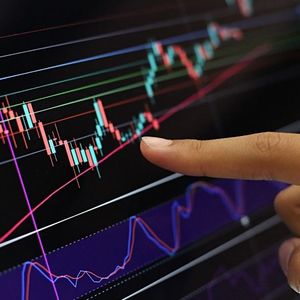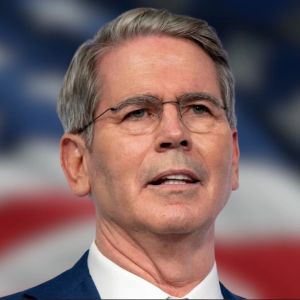President Donald Trump is flying to Saudi Arabia next week with a group of America’s most powerful financial and tech leaders, where they will push for new oil and gas deals as part of a broader effort to get the Gulf to spend more money in the United States. The trip, which will include stops in Qatar and the United Arab Emirates, is his first international visit since returning to the White House. According to Bloomberg, Larry Fink, CEO of BlackRock , and Jane Fraser, CEO of Citigroup, will both travel with Trump to Riyadh for the Saudi-US Investment Forum on May 13, the day Trump is expected to arrive. Other executives joining include Steve Schwarzman from Blackstone, Jenny Johnson of Franklin Templeton, and Ruth Porat, the chief financial officer of Alphabet. The forum will take place in the Saudi capital and will also include Crown Prince Mohammed bin Salman, who is set to meet directly with Trump. Arvind Krishna, CEO of IBM, and Cristiano Amon, CEO of Qualcomm, are also expected to attend the event. The gathering will focus on four major areas: energy, artificial intelligence, advanced manufacturing, and finance. Representing the White House on crypto and AI matters is David Sacks, who will speak alongside Saudi figures like Amin Nasser, CEO of Saudi Aramco, and the kingdom’s top ministers handling energy, investment, and finance. Trump is asking for at least $1 trillion in investment and trade from both Saudi Arabia and the UAE, pushing to strengthen economic ties and bring more foreign capital into the US. But the timing is rough. Saudi Arabia’s finances are under stress, with oil prices down and budget pressures rising. The recent drop in Brent crude—from $75 to about $60 a barrel—has hammered state revenues. Prices have fallen roughly 20% this year. Oil crash deepens Saudi deficit as Trump demands cash In the first three months of 2025, Saudi Arabia posted a deficit of 58.7 billion riyals (about $15.7 billion), the worst quarterly figure since the end of 2021. That’s already more than half of the total 101 billion riyals the government expected to run as a deficit for the full year. Instead of using the country’s foreign reserves, Saudi officials have chosen to borrow more money to cover the hole. Economists at Goldman Sachs now say the budget shortfall could reach $67 billion by the end of 2025, more than double the kingdom’s original forecast. Meanwhile, Saudi authorities are still spending heavily at home as part of Vision 2030, a massive economic transformation project championed by Mohammed bin Salman. The Saudis needed oil at $93 a barrel to break even last year. If spending from the kingdom’s sovereign wealth fund is included—especially on massive infrastructure projects—the breakeven price jumps to $108, according to Ziad Daoud, chief emerging markets economist at Bloomberg Economics. Amid these numbers, Trump’s trip is aimed at getting rich Gulf states to ramp up their purchases of American products and to pour billions into US companies and infrastructure. At the same time, Saudi Arabia wants tighter military and defense cooperation with the US and long-term security guarantees. Officials in Riyadh are positioning the kingdom to become the dominant business and trade hub in the region, and locking in direct investment is a key part of that plan. Trump’s visit is expected to boost those talks. Saudi officials want to pull in over $100 billion in foreign direct investment each year by 2030, nearly five times the total they received last year. Many of the American firms coming to the Riyadh forum already have deep connections to Saudi money, with their leaders attending the Future Investment Initiative, the kingdom’s high-profile annual finance summit. KEY Difference Wire : the secret tool crypto projects use to get guaranteed media coverage


















